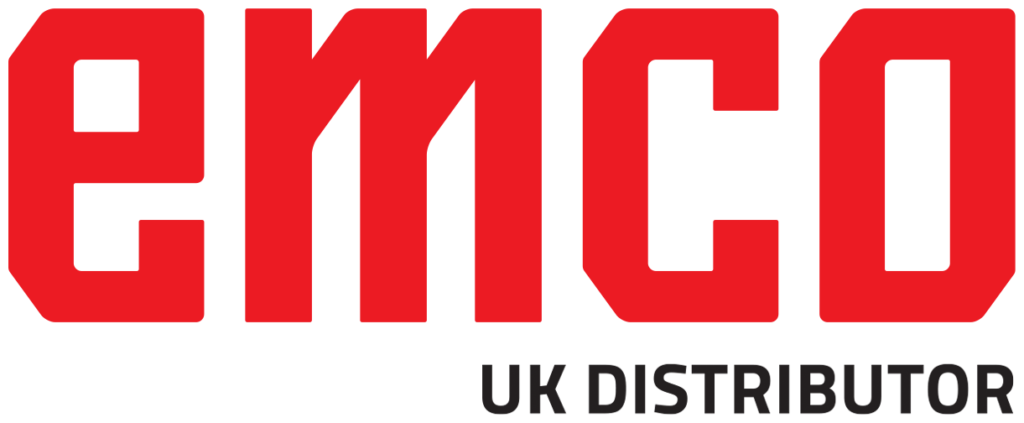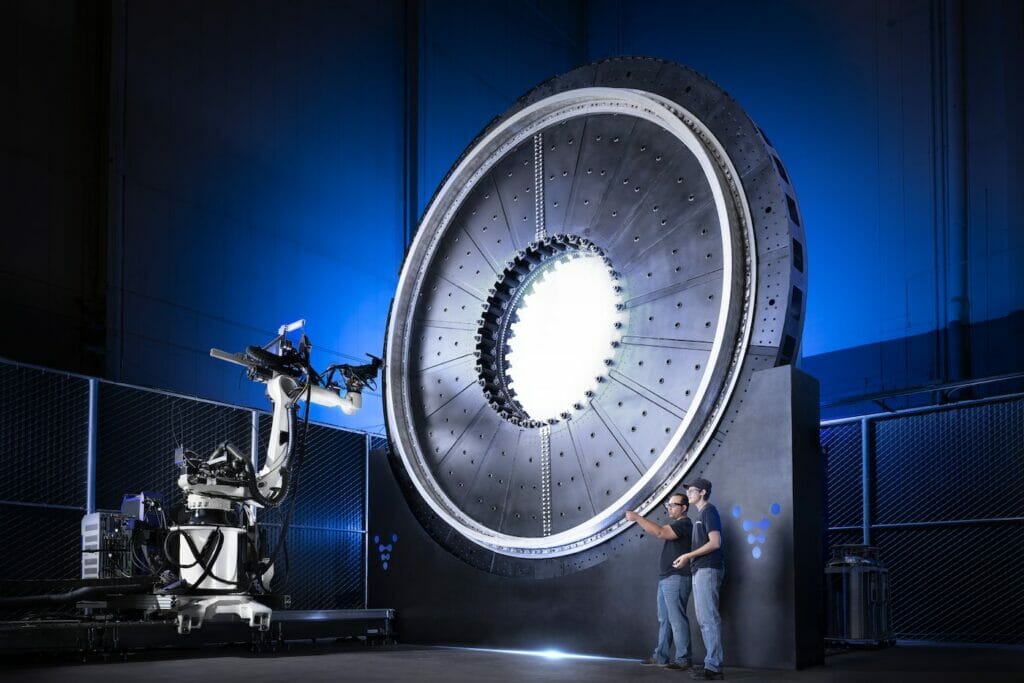Relativity Space has unveiled the latest iteration of its proprietary Stargate metal additive manufacturing platform.
The Stargate 4th Generation metal 3D printers will serve as the primary manufacturing infrastructure for Relativity’s Terran R launch vehicle. Terran R is a fully reusable rocket that has been designed to launch 20,000kg to low Earth orbit (LEO).
Key highlights:
- New Stargate Generation boasts horizontal printing to enable the additive manufacture of larger components.
- Relativity says 4th Generation achieves an increased volume capacity of 55x compared to its 3rd generation predecessor.
- Several Stargate 4th Generation printers already online with more than a dozen to be printing Terran R parts in coming months.
Relativity says that its new Stargate printer technology ‘defies traditional printing constraints’ by moving horizontally as it feeds multiple wires into a single print head. The company is also confident that the Stargate 4th Generation technology are capable of printing a rocket with 100x fewer parts in a matter of months, while customised software and machine learning techniques are being developed to support the printing of more complex and larger metal products.
While the Stargate 4th Generation technology will underpin the development and production of Terran R in the short-term, Relativity believes in the longer-term the new system will ‘offer tremendous value-generating potential for other end-product use cases within the $1T aerospace, aviation, energy and defence industries’ as the core of a new tech stack for aerospace products.
The enhanced printing technology is said to be 7x faster than earlier generation Stargate printers, and also ‘removes ceiling height constraints’ and opens up new print orientations with its horizontal printing capability. Through horizontal printing, these printers are capable of building objects up to 120 feet long and 24 feet wide, resulting in an increased volume capacity of 55x compared to its 3rd generation predecessor. Relativity also says the 4th Generation Stargate can offer improved print quality through in-process monitoring that leans on computer vision, advanced sensors and real-time telemetry, while material advancements made in line with this technology development will help to provide lighter and more cost-effective aerospace product production.
Several Stargate 4th Generation printers are online at its new 1mm+ square foot headquarters in Long Beach, with more than a dozen printers planned to be producing Terran R components in the coming months. At full capacity forecasted run rate, each Stargate 4th Generation printer is capable of producing 4 Terran R rockets per year. The facility is said to currently be only 33% operational.
“Large-scale products that are designed to fly will inevitably be 3D printed,” said Tim Ellis, cofounder and CEO of Relativity Space. “The lighter a product is, the better it performs, and when 3D printing that product, it’s also faster and more cost-effective to produce with each successive improvement. The compounding rate of progress is high, and we are still in the early days of what printing can achieve. We see 3D printing as an automation technology that has the power to change the pace of innovation in manufacturing, which is why we’ve invested in building our own proprietary tech stack from day one. Stargate printers are designed to unlock rapid iteration, which opens up opportunities for innovation in large-scale manufacturing products. What would take traditional aerospace and space manufacturers years to develop and build, will be reduced down to months due to a highly adaptable, scalable, and automated process, made possible through software-driven manufacturing.”
“Iteration empowers innovation not only in our rocket design, but also in our own Stargate printers,” added Scott Van Vliet, SVP of Software Engineering. “In its short history, Relativity has made great strides in evolving its core 3D printing technology, but Stargate 4th Generation printers are our most innovative leap yet. We’re fundamentally changing the way our factories are designed and operating, and by flipping the script and going horizontal, we’re radically increasing our capacity for scale. Being a software-driven manufacturing company allows us to achieve unique product features, such as integrated pad-ups and domes, with radical flexibility.”
To date, Relativity has secured five customers across $1.2B+ in customer contracts for Terran R, including a multi-launch agreement with OneWeb and a commercial mission to Mars with Impulse Space.

